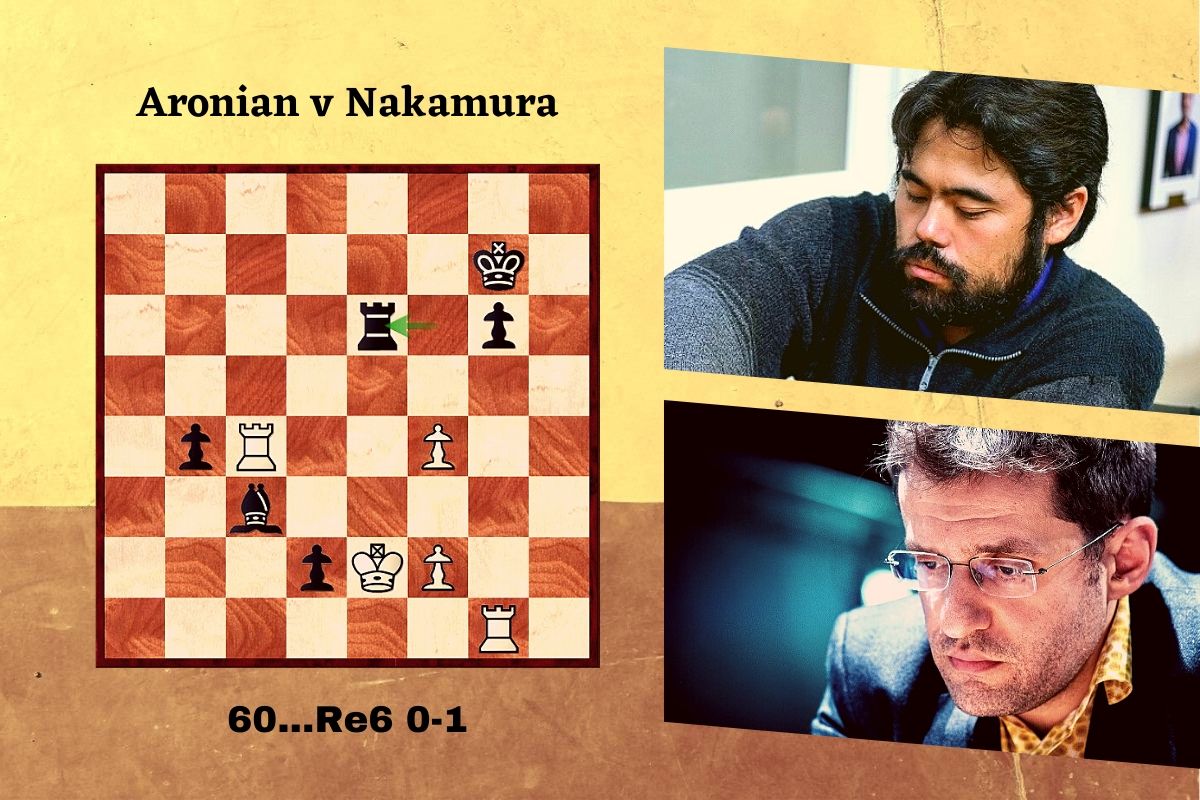Nakamura v Aronian / Yu v Ding
The Lindores Abbey Chess Challenge started on May 18th. Twelve players are taking part. After a three-day preliminary, the best eight players will advance to the deciding knockout section. The time control is 15 minutes for the game, with a 10-second increment per move.
A new format is being tried out at the quarter-finals of the Lindores Abbey Rapid Challenge. Each match consists of three mini-matches — winning two of these is enough to go through — with each of them consisting of four rapid games and an Armageddon decider in case of a tie. After beating Aronian in their first mini-match, Nakamura shared his thoughts about the format, noting that it should lead to players taking more risks:
I think it lets you be a little bit looser. For example, in the third game of this match, when I got a bad position, my attitude was kind of ‘if it's losing, it's losing, I'll just play some random moves and whatever’, as opposed to thinking for a minute or two minutes in some critical positions, because I know that even if I lose game three I will have another shot in two days.
‘Naka’ lost game one and, after drawing games two and three, managed to tie the score with white in game four. He then won the right to choose a colour in Armageddon, and chose black. He explained that he would make this choice against most players, unless he came from having a lot of trouble with black in the match. The American was in trouble at some point in the sudden-death decider, but ended up restoring the balance and finally getting a win when Aronian blundered on move 60.
Meanwhile, the all-Chinese encounter between Ding and Yu was balanced throughout, with four draws leading to sudden death. Ding had the black pieces and achieved a completely winning position by move 69. Unfortunately for him, though, his time ran out, giving Yu the victory — after all, the player with black does get draw odds but also less time on the clock (White gets five minutes to Black's four).
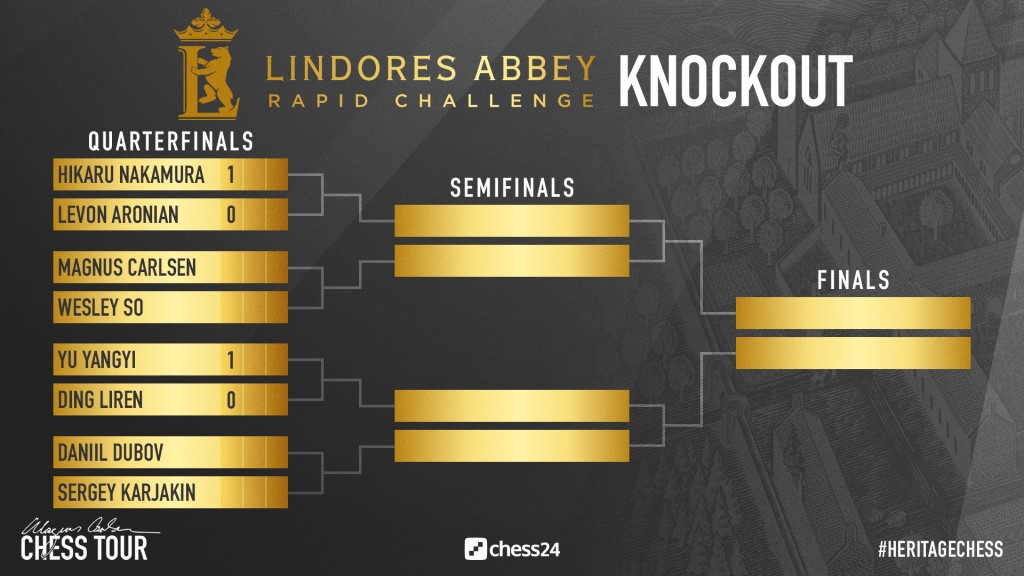
Nakamura 2:2 Aronian
Repeating his strategy from the Magnus Carlsen Invitational, in game one Nakamura allowed his opponent to advance his c-pawn to the fifth rank in a Queen's Gambit Declined. The players repeated 13 moves from a game the American had played against Alireza Firouzja, and a long manoeuvring battle ensued. Aronian had an edge, which eventually turned into a rook and bishop v rook endgame:
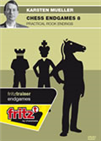 Rook endings are amongst the most frequently encountered endgames there are, and so your training effort will be quickly repaid in the form of half and full points. Knowing even a few rules of thumb and key methods makes life a great deal easier and provides a guiding light even in complex positions. This DVD focuses on the important themes which are to be found in common rook endings.
Rook endings are amongst the most frequently encountered endgames there are, and so your training effort will be quickly repaid in the form of half and full points. Knowing even a few rules of thumb and key methods makes life a great deal easier and provides a guiding light even in complex positions. This DVD focuses on the important themes which are to be found in common rook endings.
Black has nothing better than 76...Bxc5 77.Kxc5 Rd1 and trying to defend the theoretically drawn ending. The problem is that defending this position is really difficult against someone as strong as Aronian. The Armenian kept up the pressure until getting the full point after 118 moves.
Playing black, Aronian continued employing the Petroff Defence he had used in the preliminaries when facing 1.e4. The world number seven got a draw after giving up an exchange out of the opening. Game three was the shortest of the match and was agreed drawn in a completely closed position with bishop pairs for both sides.
Nakamura needed a win to take the mini-match to Armageddon, and used an aggressive approach against the Petroff. While a pawn down, Aronian was forced to give up an exchange in what already looked like a hopeless position:
After 30...Rxb3 31.axb3 Qxb3, Nakamura's 32.Qxc6 both controls a number of key squares (a8, a4, e4) and attacks the rook. The five-time US champion went on to get the needed win.
‘Naka’ chose black for the Armageddon and repeated nine moves from the fourth game of the Magnus Carlsen Invitational final against the world champion. Aronian managed to create a position with imbalances, but found in his rival a proficient defender. White needed to muddy the waters, but ended up allowing Black's passer on the d-file to march down the board:
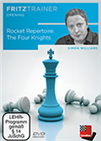 Like a fine wine, the Four Knights only improves with age, establishing itself as an extremely effective way of meeting 1...e5. On the outside this opening seems deceptively quiet, yet apparently natural moves can often lead to some devastating attacks.
Like a fine wine, the Four Knights only improves with age, establishing itself as an extremely effective way of meeting 1...e5. On the outside this opening seems deceptively quiet, yet apparently natural moves can often lead to some devastating attacks.
41.Bc4 gave way to 41...d3 42.Re3 d2, when Black will always have counterplay with his pawn on the second rank. Aronian's 41st move was not a blunder, but the alternative 41.Rc2 would have given him more chances to trick his opponent later in the game.
Select an entry from the list to switch between games
Yu 2:2 Ding
Although Yu Yangyi dropped to number 33 in the ratings list before the coronavirus outbreak, he has proven once and again he is perfectly capable of creating problems to elite opposition. In last year's World Cup, he was one match win away from reaching the Candidates, and was eliminated by none other than Ding Liren, his rival in the quarter-finals of the Lindores Abbey online event.
The all-Chinese confrontation saw both players trying to keep things under control as much as possible, entering technical endgames in all four rapid encounters. The one with a small edge in each game did try to push for a win, but to no avail, as all those games ended drawn. The position of game one after 35 moves is a good illustration of how the match went from beginning to end:
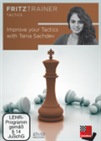 The aim of this course is to help you understand how to make tactical opportunities arise as well as to sharpen your tactical vision - these selected lectures will help to foster your overall tactical understanding.
The aim of this course is to help you understand how to make tactical opportunities arise as well as to sharpen your tactical vision - these selected lectures will help to foster your overall tactical understanding.
Yu had a microscopic advantage with white, and tried to make something of it until move 49, when the point was finally split.
Given how balanced the match had been until that point, getting white in the Armageddon seemed to be a bad idea. However, the player who moved first — in this case, Yu — also had an extra minute on the clock. Unsurprisingly, the position remained balanced after 60 moves, when Yu blundered a whole piece, most likely after making a pre-move:
Ding was a bishop up and had a dangerous passer on the queenside after 61.Bf7 Kxf7 62.Rxg4, but by that point the clock was the main factor in the game. Seven moves later, Ding's time ran out and Yu got a valuable mini-match victory.
Select an entry from the list to switch between games
The second pair of quarter-finals mini-matches will kick off on Sunday — Magnus Carlsen v Wesley So and Sergey Karjakin v Daniil Dubov. Full schedule:
 Scarcely any world champion has managed to captivate chess lovers to the extent Carlsen has. The enormously talented Norwegian hasn't been systematically trained within the structures of a major chess-playing nation such as Russia, the Ukraine or China.
Scarcely any world champion has managed to captivate chess lovers to the extent Carlsen has. The enormously talented Norwegian hasn't been systematically trained within the structures of a major chess-playing nation such as Russia, the Ukraine or China.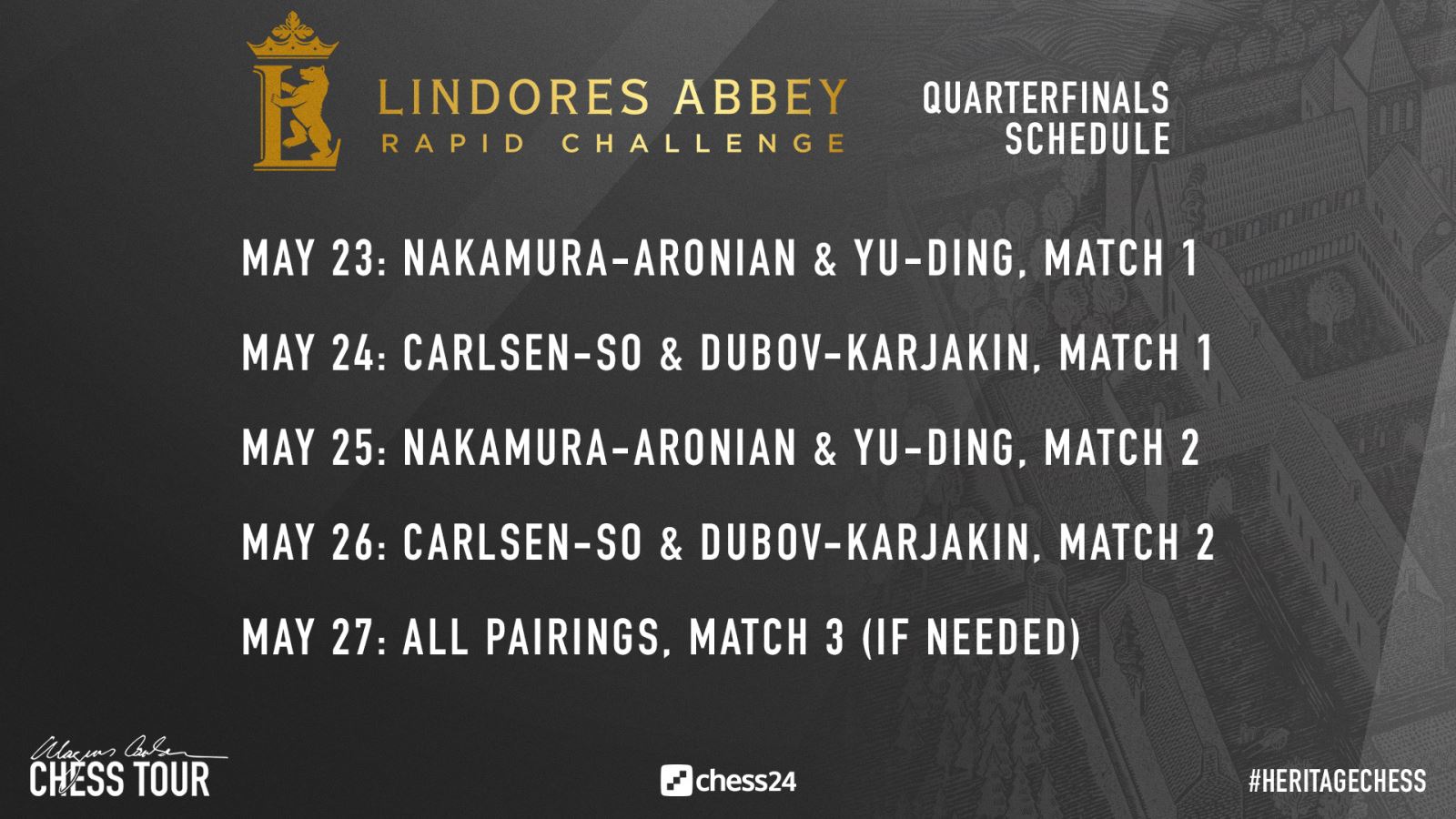
Links
